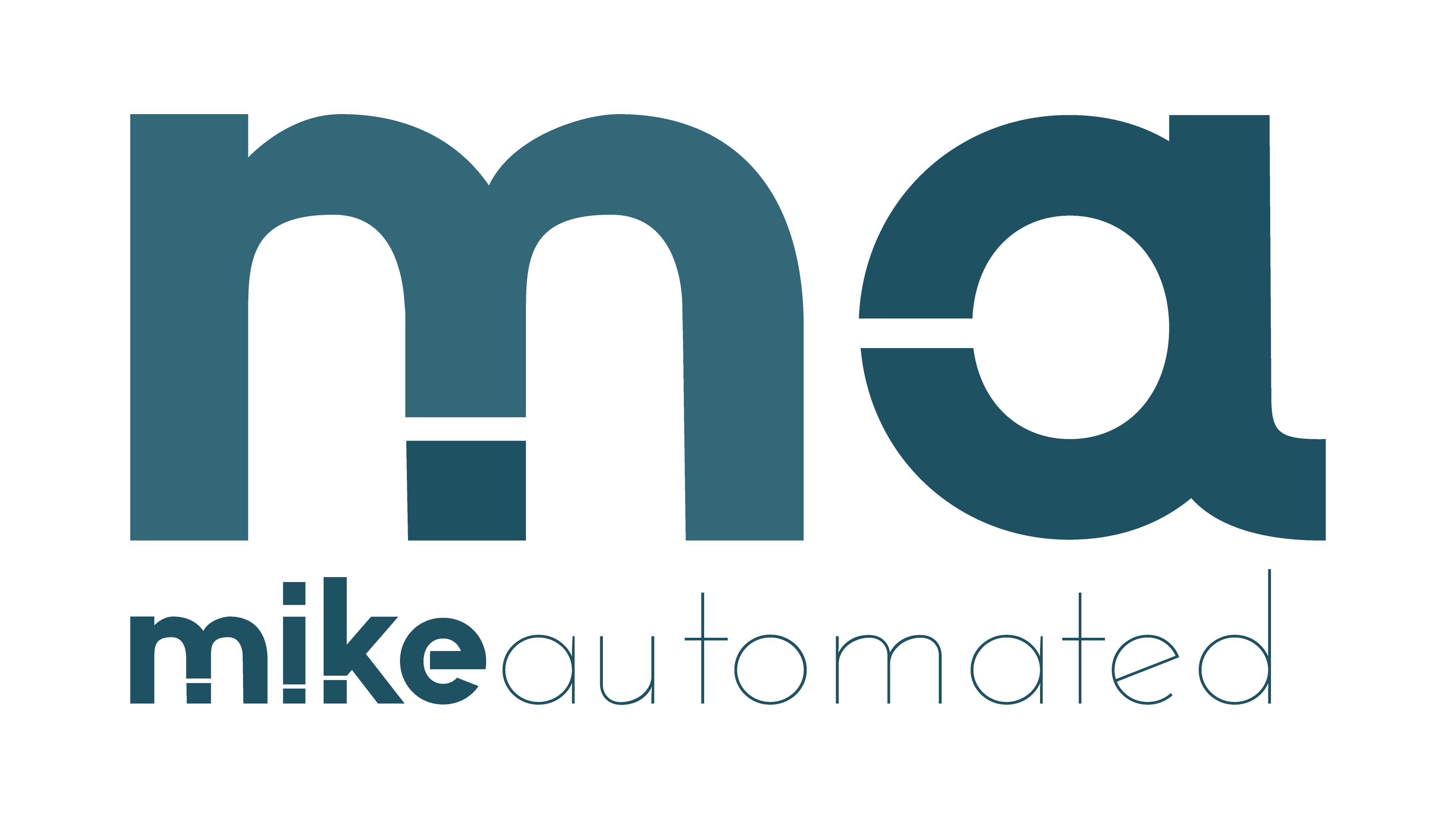- AI strategy must connect to people, processes, data, and governance to succeed.
- Leadership sponsorship and clear change plans drive AI adoption and ROI.
- Plan for resistance with training, transparent comms, and accountable metrics.
- Measure progress with adoption, value, and governance KPIs to scale responsibly.
- Use a practical 90-day playbook to move from idea to scale.
Why AI Strategy Fails Without Change Management
Organizations launch AI initiatives with big promises. Yet many fail to translate those promises into real value. The gap is not only about technology; it is about how people, processes, and data change in tandem with the AI program. This article explores why AI strategy fails without change management and how leaders can close the gap. This is a practical guide to align leadership, culture, and governance with AI efforts.
In this context, the primary question is not only what AI to build, but how to embed AI into daily work. Leaders must design for the social and organizational dynamics that determine adoption. Change management for AI is not a peripheral activity; it is the core accelerator that turns analytics into action. For SEO clarity, we discuss practical steps, not just theory, and we include concrete examples and a repeatable plan.
The core reasons AI strategy stalls
First, organizations underinvest in the human side of AI. People fear obsolescence, managers lack a clear sponsorship path, and teams do not receive the training they need. Without a culture that rewards experimentation and accountability, AI pilots become isolated experiments rather than enterprise capabilities. To address this, map stakeholders early and create a sponsorship network that spans the C-suite to frontline teams. Learn more about AI leadership and how great sponsors unblock obstacles.
Second, governance and data readiness are often treated as afterthoughts. Data quality, lineage, privacy, and model risk require explicit policies and roles. Without data governance, AI models degrade, trust erodes, and the business loses faith in the effort. A practical approach is to establish a lightweight but rigorous data governance board and tie governance to specific AI use cases rather than broad ideals. This keeps the program accountable and auditable.
Third, change management must be integrated into the AI lifecycle, not tacked on after a pilot. Comms plans, training paths, and performance metrics should be built into planning documents from day one. If teams do not understand what success looks like or how to use AI tools, adoption stalls. A structured training program reduces friction and speeds time-to-value. For a concrete method, see our 90-day playbook below.
The anatomy of change management in AI
Change management in AI blends people, process, data, and technology into a repeatable workflow. The goal is to embed AI into standard work, not just create a separate AI team. The key elements are clear sponsorship, practical training, transparent communication, and measurable adoption. Each element reinforces the others and creates a feedback loop that improves both technology and process over time.
Leadership sponsorship and clarity of intent
Top-down sponsorship is essential. Leaders must articulate a compelling AI vision, define success metrics, and remove roadblocks. A sponsor should own the business outcome, not just the technology. Without strong sponsorship, a project drifts and loses momentum. Embed the sponsor in weekly reviews and link incentives to adoption milestones. For more on leadership roles, see our discussion on AI governance and executive alignment.
People, roles, and capability building
Align roles with the AI use case. Data scientists, product owners, and business analysts must share a common language. Provide role-based training that focuses on practical tasks, not just theory. When teams understand how AI affects their work, they are more engaged and productive. Consider quick wins that demonstrate value to build confidence and momentum.
Data readiness and governance
Data is the lifeblood of AI. Establish data quality standards, lineage, and access controls early. A lightweight governance framework helps teams track model risk, privacy, and compliance. Clear data ownership reduces conflicts and speeds deployment. Regular data health checks should be part of the sprint cadence.
Communication and culture shifts
Transparent, frequent communication reduces uncertainty. Use simple, concrete messages that show how AI benefits customers and employees. Celebrate early successes and acknowledge lessons from setbacks. Culture change requires ongoing reinforcement, not one-off training sessions. A culture of continuous improvement makes AI a permanent capability, not a temporary project.
A practical 90-day playbook to move from idea to scale
The 90-day plan provides a concrete path from discovery to scalable capability. It emphasizes measurable milestones, stakeholder engagement, and governance. The plan is designed to produce early value while building the foundation for long-term change. Internal teams can adapt it to their specific use cases and data maturity.
- Days 0–30: Align, map, and pilot — Clarify the AI use case with a business sponsor. Create a stakeholder map and appoint a change owner. Pick one high-value pilot with clear success metrics. Design a simple data readiness plan and outline the governance model. Publish a short comms plan that explains expected outcomes and user impacts. Link to a starter guide: AI strategy guide.
- Days 31–60: Build capabilities — Develop a training track for affected roles. Establish data pipelines, model risk controls, and a governance checklist. Create the first set of adoption metrics (usage, accuracy, user satisfaction). Run the pilot in a controlled environment and collect feedback for iteration. Use a public-facing dashboard to show progress to sponsors and users.
- Days 61–90: Scale and optimize — Expand to additional use cases with governance guardrails. Integrate AI outcomes into performance reviews and KPIs. Institutionalize change routines, such as weekly adoption standups and monthly lessons learned. Prepare a sustainability plan, including ongoing training and model monitoring. Assess ROI and adjust resource allocation as needed.
Concrete example: a mid-market retailer implements AI for demand forecasting and customer service automation. The change plan includes cross-functional training, a data quality sprint, executive reviews, and a customer service pilot with measurable reductions in handling time. The result is faster decision-making, improved forecast accuracy, and a smoother path to enterprise-wide adoption. See how this pattern maps to your own organization in our related post on change management for AI.
What metrics matter when you scale AI with change management
Adoption metrics reveal whether users actually use AI tools. Value metrics show whether AI delivers measurable business impact. Governance metrics track model risk, data quality, and compliance. Together, these metrics guide decisions and prevent a project from losing focus. Key indicators include: adoption rate, time-to-value, user satisfaction, data quality scores, and governance compliance. Align these metrics with your business outcomes to maintain accountability and momentum.
Visualizing the change with a simple diagram
Consider an infographic that shows the flow: Idea → Prototype → Pilot → Scale, mapped to the four pillars: People, Process, Data, Technology. The diagram helps stakeholders see how each pillar advances in lockstep with the others. Its purpose is to communicate progress quickly, align teams, and reinforce the lifecycle of AI initiatives. If you plan to include visuals in your executive briefing, use a clean two-by-two matrix that highlights responsibility and risk at each stage. For a ready-made example, refer to our internal visualization template linked here: AI change visuals.
Conclusion: the practical truth about AI and change
AI strategy succeeds when it is supported by deliberate change management. Technology alone cannot deliver value; the organization must adapt to new workflows, governance, and governance. Leaders who sponsor change, invest in people, and enforce data stewardship set the conditions for AI to scale. The path from idea to impact is a cycle, not a single event. By integrating change management into the AI lifecycle, you create durable capability and a higher likelihood of sustained ROI.
Actionable takeaway
Start with a one-page change plan attached to your AI use case. Include sponsor name, adoption goals, training needs, data readiness status, and governance steps. Review it in weekly leadership meetings for the first 90 days. This simple alignment tool keeps AI projects focused on business value and human outcomes. For ongoing guidance, explore related resources on AI strategy and leadership and adoption.



